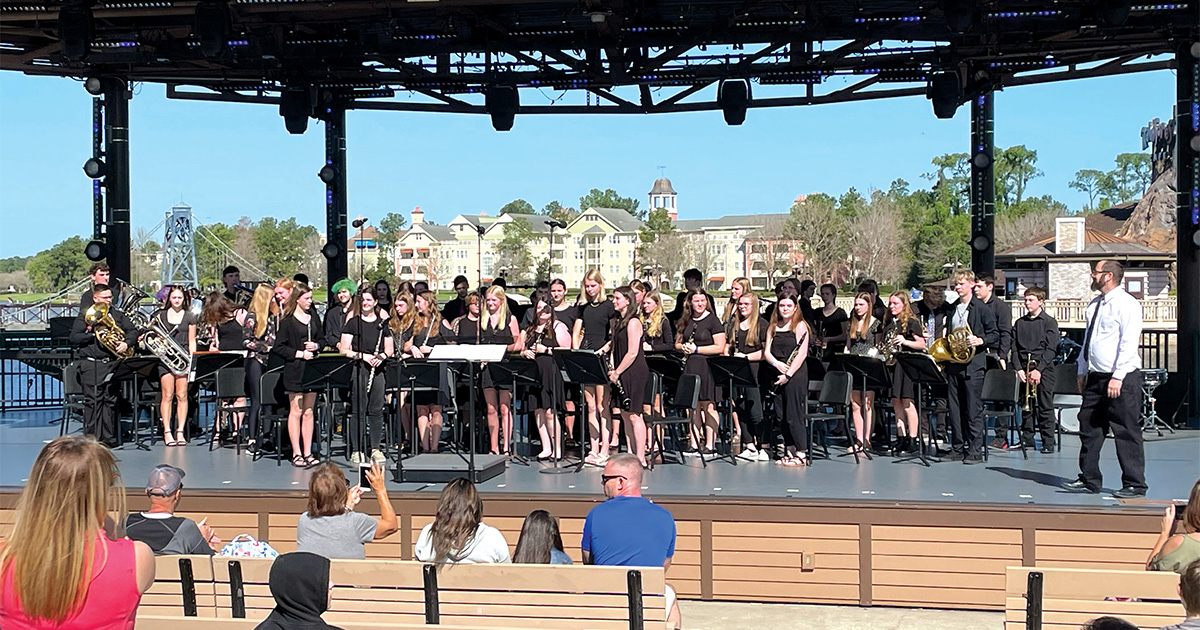Recently a colleague asked my opinion on the subject of students wearing team or uniform shirts and lanyards during travel. The question made me think back to all the energized conversations I have had over the years on this very subject.
In most conversations, those who didn’t think uniform shirts were a good idea argued they could bring undue attention to the group. It was believed that attention could make them a target for people with bad intentions. That was the limit of the argument and it may have carried some validity.
Personally, I can’t recall a situation on tour where that was the case. Pickpockets can see it’s a large group regardless of shirt color. The best defense in a case like this is making sure the chaperones spread out around the group and are vigilant when suspicious people approach.
On the other hand, wearing the same shirts may be beneficial—especially on travel days or when attending speaking engagements. In other examples of the benefits of a uniformed look, it:
- Makes it easier for the tour guide and chaperones to maintain visual contact with group members.
- Is helpful in keeping track of the group when walking down crowded streets where the group is spread out.
- Gives the sponsoring organization an opportunity to brand its product. Wherever the kids go, they will promote the sponsoring organization.
- Allows the students to be equal regarding dress. Everyone wears the same shirt or polo regardless of their family’s financial resources.
- Helps the group feel like a unified team.
- May be used as a fundraiser prior to travel, for the travel group or for students selling to family and friends to raise money for the trip.
- Color-coding the shirts between chaperones and students could make it easy to find the chaperones. This is helpful for students looking for a chaperone or for the tour director when trying to round up the group.
In my experience, groups traveled in shirts with logos on travel days or when attending a speaker engagement. Other days, the travelers wore their own clothes.
We required students to wear a lanyard with a name tag at all times. This served as another visual confirmation that it was our student, based on lanyard design and visibility. Lanyards are especially important when students wear their own clothes or a coat. The name tag also provided a place to put emergency contact information. If the student became lost or needed help, they knew who to call. We put only the first name on the name tag; the benefits seemed greater than any perceived risk it might represent.
Here’s wishing you all safe and healthy travels!
Written by Michael J. Bowers, Safety Consultant, Center for Student Travel Safety.




